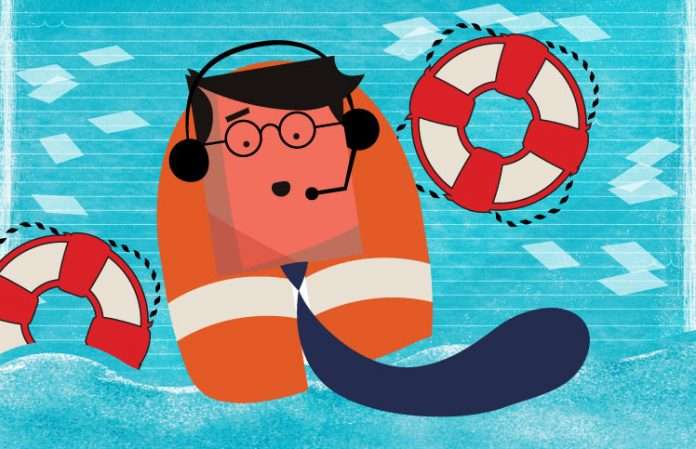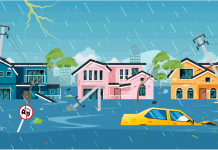
When a disaster strikes, senior leadership must act quickly and decisively to protect the business and keep it operating. For employees, though, concerns are more personal—are family members out of danger; are their homes secure; are the roads safe to travel; if they make it to work, would they be able to leave if they needed to; what happens if they’re displaced from their homes for several days or longer? Hourly staff also must worry about the loss of income and benefits if unable to work their full schedules.
While IT may have plans in place to ensure that mission-critical systems remain operational, the impact on the business’ most valuable asset often is not adequately addressed. In larger organizations, human resources typically assumes the lead role in establishing emergency management policies and procedures for employees, but it may not be directly involved when it comes to department-specific staffing issues. Or if you manage a small customer service operation, you may be the leader responsible for putting a disaster plan in place for your team. Regardless, agents will be looking to their direct supervisors and managers to provide an all-important human connection to their employer.
The time to think through the types of events that may occur, how they may impact your staff on a personal level, and the questions agents may have is before a disaster strikes.
Developing a people-centric disaster plan should be a collaborative effort. The most effective approach is to incorporate staff at all levels and across functions—especially during the early planning stage. Create a team or committee that includes representation from operations, IT, human resources and frontline agents.
In the initial planning meetings, the team should consider the different types of disaster scenarios (e.g., storms, floods, earthquakes, man-made disasters, etc.) that may occur in your area while discussing the following questions:
- What does the business expect from contact center staff during and following a disaster?
- Conversely, what should agents expect from the business if they report to work during an emergency situation?
- How will the company help agents to meet their work obligations and schedules in the days/weeks following a disaster (e.g., flex schedules, remote work, using satellite or temporary sites)?
- What types of assistance or resources will the business offer to employees and their families who are displaced or severely impacted by a catastrophe?
- If agents are unable to work, can they draw on vacation time or sick days to ensure that they will have income to pay for food, housing and bills?
Including agents in these types of discussions demonstrates their value to the business, and will go a long way toward earning their commitment.
During disaster planning, it’s also important to establish an employee notification procedure with multiple methods of contact for each agent, including cell and landline phone numbers, non-work email addresses, social media and/or family contacts. Be sure to test the notification system with your staff on a regular basis (for instance, quarterly or semiannually) to ensure that the contact information you have is current. Always be sure that all agents are aware of testing beforehand, though, so that you don’t cause unnecessary alarm or confusion.
In addition to emergency notifications, determine how employees will receive ongoing information and guidance from the business, from whom (typically, it’s best to designate one point person) and how they will communicate with each other; for instance, can teams be responsible for ensuring that all of their members are accounted for, informed and know what the next steps are?
 Practical pointer: Make sure that agents know how to sign up for text-based emergency alert and notification systems through your state and local agencies, mobile apps (e.g., American Red Cross, FEMA) and via social media (Twitter, Facebook and Google offer emergency alerting).
Practical pointer: Make sure that agents know how to sign up for text-based emergency alert and notification systems through your state and local agencies, mobile apps (e.g., American Red Cross, FEMA) and via social media (Twitter, Facebook and Google offer emergency alerting).




